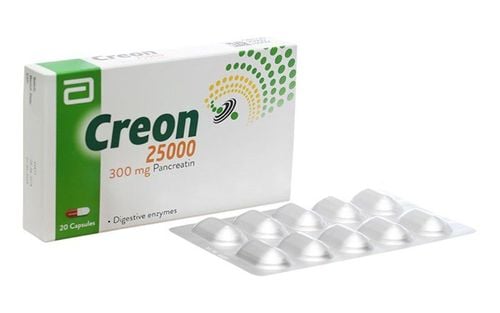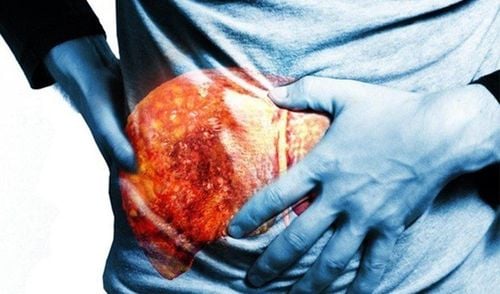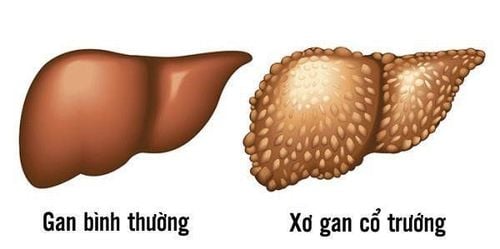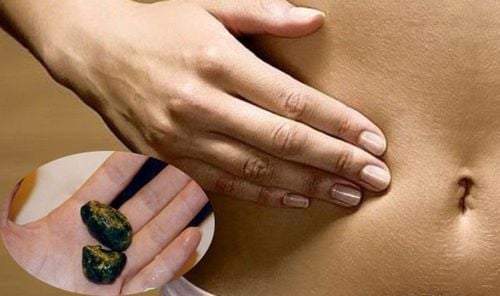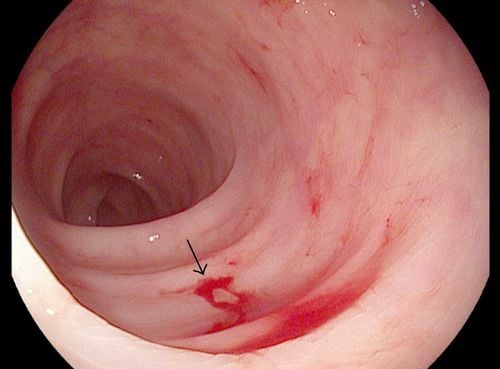This is an automatically translated article.
The article is professionally consulted by Master, Doctor Duong Xuan Loc - Gastroenterologist - General Surgery Department - Vinmec Danang International General HospitalPeritoneal aspiration is a procedure to collect peritoneal fluid to help the doctor diagnose whether there is fluid in the peritoneum, or if it needs to be taken for testing. In addition, the procedure also supports aspiration to remove fluid when there is a lot of fluid to make it easier for the fetus to breathe.
1. What is peritoneal aspiration?
Peritoneal aspiration is a procedure to remove fluid that has collected in the abdomen (peritoneal fluid). This accumulation of fluid is called ascites. Ascites can be caused by infection, inflammation, trauma, or other conditions, such as cirrhosis or cancer.Abdominal fluid is removed using a long, thin needle through the abdominal wall. This fluid will be sent to a laboratory and studied to find out the cause of the fluid buildup.
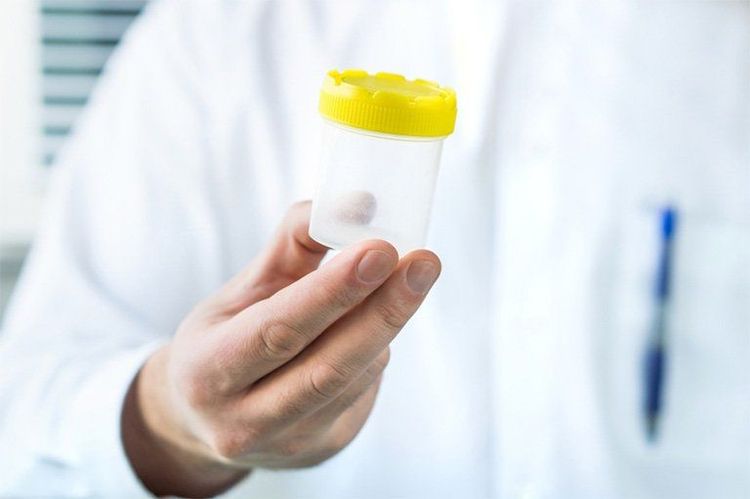
2. Indicated cases of peritoneal aspiration
Peritoneal aspiration is indicated when:Suspect the patient has peritonitis or intra-abdominal bleeding Large ascites causing difficulty in breathing for the patient, then puncture to drain the fluid Find the cause of the accumulation of fluid fluid in the abdomen For a doctor to diagnose an infection of peritoneal fluid Check for certain types of cancer, such as liver cancer To remove large amounts of fluid that causes pain or difficulty breathing or interferes with functioning kidney or bowel movements. Check for injury after a patient has an abdominal trauma. There are no absolute contraindications. Weigh the benefits of aspiration and the risks in the following cases:
Patients with coagulopathy, bleeding. Patients with cardiovascular disease: arrhythmia, myocardial infarction...

3. Procedure for performing peritoneal aspiration procedure
Performing peritoneal aspiration procedure includes 1 doctor and 1 nurse to support.Procedure:
Patient position: Ask the patient to lie on their back, legs bent. Determine the location of the needle puncture (usually at the junction of the external 1/3 and the 2/3 in the junction from the navel to the anterior iliac spine on the T side) Broadly disinfect the puncture site with alcohol Iodine and alcohol 70 degrees. Place a towel at the puncture site. Anesthetize with lidocaine layer by layer at the point of needle puncture: from the skin, subcutaneous tissue, to the parietal peritoneum. Insert the needle at the anesthetic site, perpendicular to the abdominal wall. When the needle enters the peritoneal cavity, there will be a feeling of shock and lightness, test aspirate and hold the needle close to the abdominal wall. Aspirate with a 50ml syringe, ensure the principle of closed suction, at the first suction, take 30ml into 3 test tubes and send it immediately to the laboratory for biochemical, cell, and microbiological testing. Each suction should not exceed 2000ml. If necessary, a second suction can be performed after 24-48 hours. End of procedure: Withdraw the needle, disinfect the puncture site, cover the puncture site with sterile gauze and apply pressure with adhesive tape, rest the patient, take pulse, temperature, and blood pressure.
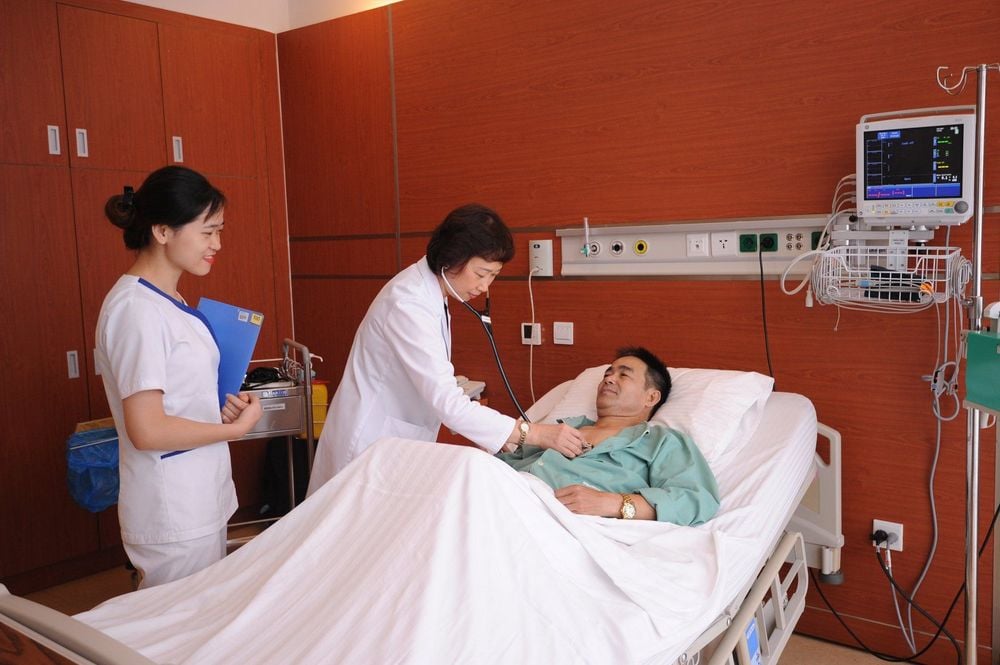
4. Some cases may occur during peritoneal aspiration
Drug allergy. It is necessary to test the response to the anesthetic prior to the procedure. The patient is shocked due to fear, weakness, or parasympathetic reflexes. Depending on the severity, it can be managed by keeping the patient's head low, drinking sugary tea, breathing oxygen, Depersolon 30mg x 1 intravenous syringe, raising blood pressure with intravenous adrenaline or Dopamine and resuscitation interventions. other positive. Superinfection causes peritoneal pus. Very sterile steps should be taken. Some other complications such as: poking the wrong organs can also occur. Patients will need to be carefully monitored after peritoneal aspiration and should be instructed to lie on their back in bed for a few hours after the procedure to avoid unintended consequences. If in case the patient has a prolonged discharge, it is necessary to continue to rest in bed and use pressure bandages in the area of blood sampling to stop.
Please dial HOTLINE for more information or register for an appointment HERE. Download MyVinmec app to make appointments faster and to manage your bookings easily.






